ISSN ONLINE(2319-8753)PRINT(2347-6710)
ISSN ONLINE(2319-8753)PRINT(2347-6710)
André Rodrigue Tchamda1, Robert Tchitnga2*, François Béceau Pelap3 and Martin Kom4
|
| Related article at Pubmed, Scholar Google |
Visit for more related articles at International Journal of Innovative Research in Science, Engineering and Technology
A low-cost phonocardiogram (PCG) is proposed to overcome some limitations known with the electrocardiograms (ECG). This small size portable PCG with a graphic LCD is equipped with a mini solar panel. It computes and displays different physical characteristics needed by physicians to ease cardiac auscultations, like the numerous heart beats per minute (BPM), and the different frequencies of the heart sound presented in the form of a frequency spectrum using the Fast Fourier Transform (FFT). Heart sounds are saved in an SD memory using the FAT32 file system. The whole apparatus includes a loud speaker to listen to the mechanical sound produced by the heart, and a USB port for the transmission of the signals to other devices. A microcontroller manages the charging cycles of the battery through a mini solar panel which gives extra energy autonomy to the user. The device is designed to be used in ultramodern environment as well as in hospitals and health centers of villages in remote poor regions without electrical energy supply
Keywords |
| Phonocardiogram (PCG), Electrocardiogram (ECG), Beats per minute (BPM), Heard sound analyzer, Cardiovascular diseases. |
INTRODUCTION |
| Based on auscultation using a stethoscope, physicians have been detecting and characterizing cardiac pathologies. However in the study of the physical characteristics of heart sounds, it has been shown that the human ear is not well adapted for auscultation of the heart [1]. The stethoscope has therefore lost most of its interest after the discovery of the ECG and PCG techniques, which, apart from given the quantitative characteristics of the cardiac signals, do give qualitative visual itemized characteristics of the signals. |
| The sounds produced by the heart during a unique cardiac cycle are composed of two dominant events: the first heart sound pointed out with the alphabet characters QRS for an ECG signal or alphanumeric characters S1 for PCG one, and the second heart sound indicated with T for ECG or S2 for PCG signals as shown in figures 1a and 1b, in case of a normal ECG respectively PCG record. There are cardiac anomalies which are best detected based on heart sounds, like aortic stenosis, mitral stenosis (figure 1c), aortic regurgitation, mitral regurgitation [2] or murmurs caused by different pathologic states of the cardiovascular system [3]. |
| Although various low cost electrocardiogram (ECG) devices of small sizes, with portable LCD screen do exist and allow the visualization of the time history of cardiac signals, they are limited as they cannot detect such specific cardiac anomalies enumerated above, because the electrical signal generated by some very light mechanical activities of the heart are attenuated enough before reaching the skin of the patient. The means used to detect these anomalies is solely the phonocardiogram (PCG). |
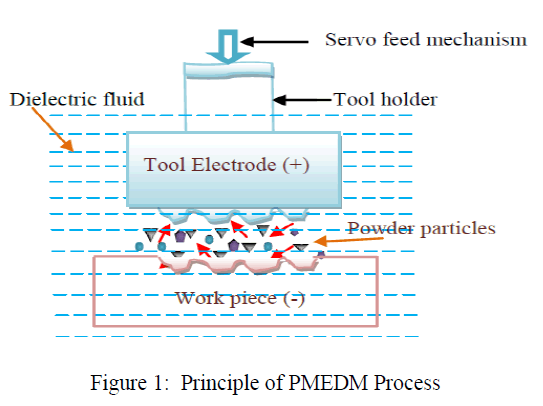 |
| From the PCG signal, the numbers of beat per minute and the frequencies of heart beats can be determined, hence, making the auscultation of the heart easy for the physicians. Heart sounds are by definition non-stationary signals (with spectral properties varying with time) and are situated in a range of low frequencies, approximately 10 to 300Hz [4]. Most of the system which have been made do not draw PCG signals and therefore do not determine the different values which help the physicians in a cardiac auscultation [5], [6], [7]. The system presented in reference [6] incorporates an ECG and a phonocardiogram. In this system however, a phonocardiogram is only a sound reproduction of the heart beat without displaying the PCG signal graphically. Knowing that the human ear is unsuitable for cardiac auscultation, it is also preferable to graphically display the PCG signal that has the ability to bring out every light heart murmurs that cannot be audible to the human ear. The disappearance of serial and parallel ports on new computers drove us to equip the proposed system with USB communication ability. Most systems presented in the literature review are equipped with the old communication ports [8], [9], [10], [11]. In order to visualize previous auscultations results, the system has also been equipped with an SD CARD where heart beats of each patient are automatically stored. Each signal is recorded with an identifier (the name of the file) automatically attributed by the system in the form: patient_number,txt. The system being a portable module foreseen to be used also in areas without electrical energy supply, has been equipped with a mini solar panel which charges the battery. This charging process is controlled by a microcontroller; the descriptive diagram of it is presented in figure 2. |
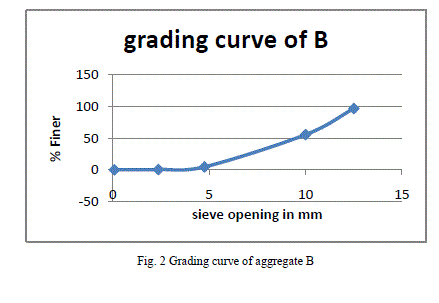 |
MATERIAL AND METHOD |
a. SIGNAL SAMPLING AND DIGITAL FILTERING |
| The collection of heart sounds is done using an acoustic sensor made of high sensibility microphone with FET capacitor. This sensitive microphone equipped with a semi-spherical sounds reflector can perceive sounds from a few hundred of meters. The sensitivity of this microphone is such that event the least sound is perceived. Thus it is ideal for the observation of cardiovascular sounds. The microphone is connected to the acoustic card by short metallic wire of maximum length 50cm and lodge in a cone or a semi-sphere such that it can pick up sound waves produced by heart beats. A pre-amplifier stage amplifies the captured signal and transfers it to the entry of a TDA2822 amplifier through a loudness regulator (potentiometer). A electronic filter eliminates parts of the signal which have no pertinent information. The signal at the exit of the filter will then be sampled from an internal ADC module of the microcontroller [12]. The filtering is done by means of successive mathematical operations on the signal sampled by the microcontroller. Finite impulse response (FIR) is the type of numerical filter used. The frequency of the S1 sound is in the range 20 – 270Hz [13], [14], [15], [16], [17]. The frequencies of murmurs are located below 1000Hz [18], [19]. In order to pick up a sound and a murmur from the heart, a 7 order Butterworth FIR filter of band 20 Hz – 1000 Hz is used. |
b. NUMERICAL AND ANALOGICAL CONVERSION |
| The microcontroller has an ADC converter, but not a DAC one to transform a numerical signal into an analogical signal. The conversion has been achieved using a R-2R resistance network converter. |
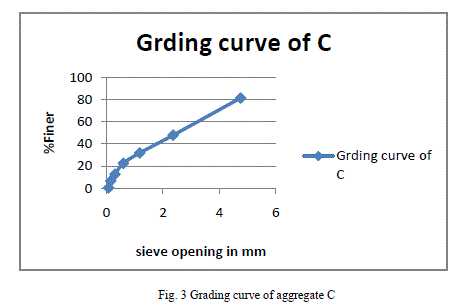 |
| Figure 3 shows the connections of the R-2R resistance with eight entries. The entries D0 to D7 are linked to the port of the microcontroller. The analogical output signal is linked to the entry of an amplifier. The output of the amplifier is linked to a headphone which will convert the electrical signal into a sound. |
c. THE RECORDING BLOCK (SD CARD) AND USB COMMUNICATION WITH COMPUTER |
| The system under study is equipped with a storage memory. A SD CARD is used here to store the electrical signal of heart sounds of several patients in a file using the FAT32 file system. The name of the file which identifies the patient is in the form patient_number.txt. A subsequent visualization of the stored data and interpretation of the diagnosis could be undertaken for each patient. The electrical circuit of the SD CARD is depicted by figure 4. |
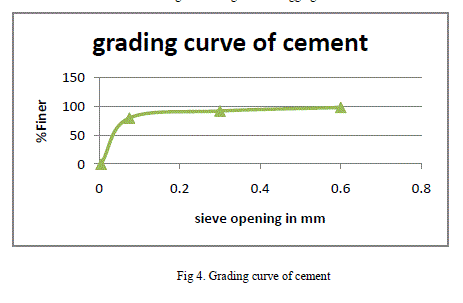 |
| The microcontroller used in the implementation of the system incorporates USB and Microchip. It provides a whole range of tools to use this mode of communication. The CDC (USB-serial converter) communication is the preferred mode for our application. This mode serves to emulate a serial port whose peripheral is seen by the computer as a serial port and the dialogue is realized as if it were the case for the same library of a serial port. |
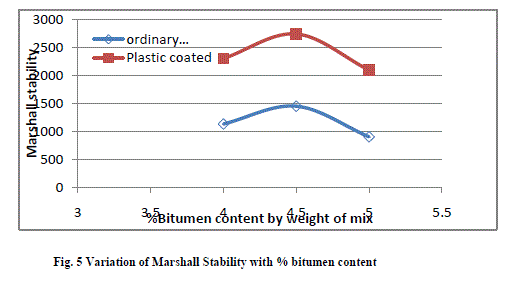 |
d. SOLAR REGULATOR |
| The solar regulator protects the battery of the kit against overloads and discharging below the minimum reference level. Figure 6 represents the circuit of regulation of the voltage supplied by the solar panel [20]. |
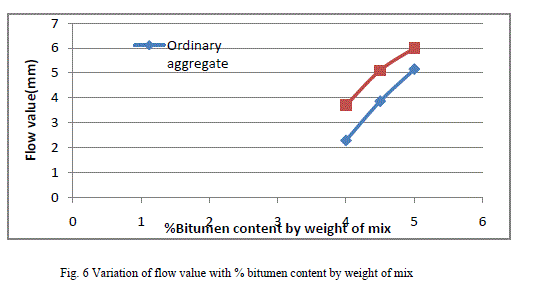 |
DETERMINATION OF CHARACTERISTICS TO FACILITATE CARDIAC AUSCULTATION |
a. FREQUENCY SPECTRUM |
| Studies have been made on the different frequencies that heart sounds can produce. A determination of these frequencies in the sample from a patient can help the doctor make his diagnosis. We use the Fast Fourier Transform to determine the frequency spectrum of the cardiac signal of a patient figure 9. A library PICFFT is available on the ALCIOM site in order to calculate the FFT [21]. |
b. CARDIAC FREQUENCY |
| The correspondence between the ECG and the PCG signals [19], [22] can be observed on Figure 7. For an ECG signal, the sound emitted by a heart during a unique cardiac cycle goes from the P wave to the T wave. On the other hand, for a PCG signal, it is composed of two sounds S1 and S2. If the cardiac rhythm is regular, we can determine the cardiac frequency which is the inverse of the R-R interval, multiplied by 60, in order to be expressed in terms of pulse per minute. Similarly, we can determine the cardiac frequency based on the S1-S1 or S2-S2 intervals between two heart beats. |
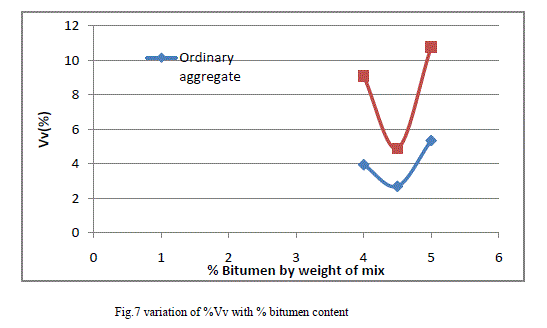 |
| Fig.7. Correspondence between an ECG signal (a) and a PCG record (b). The peak QRS of (a) correspond to S1 of (b) and T of (a) to S2 of (b). |
EXPERIMENTAL RESULTS |
| At the example of measurements obtained for a candidate named patient_33 and depicted by figure 8, the presence of two heart sounds S1 and S2 is obvious and expresses a cardiac frequency of 72 beats per minute. The frequency spectrum of this PCG graph is illustrated in figure 9. The application of the FFT on cardiac signals of that patient reveals the usually expected 4 peaks of a PCG signal with harmonics 40Hz, 70Hz, 140Hz, 170Hz [4]. They correspond to components in the S1 and S2 interval called A1-P1 and A2-P2. They inform the cardiologist on the synchronism in the functioning of the right and left heart sides. |
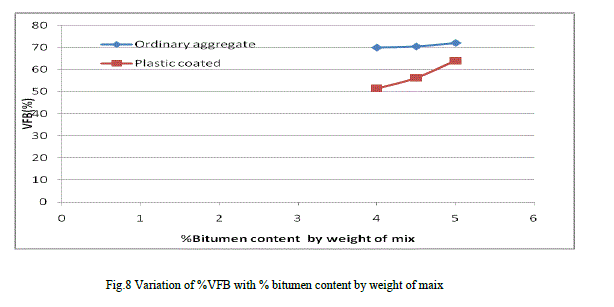 |
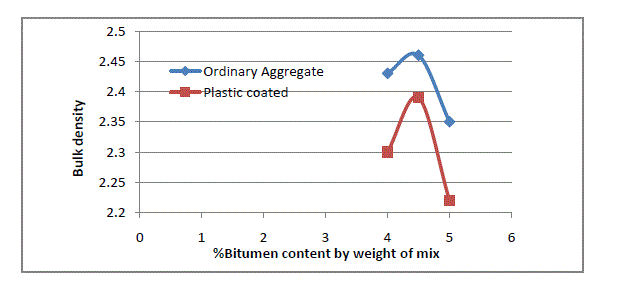 |
CONCLUSION |
| The aim of this work was to design and realize a low-cost PCG that could be used both in modern hospitals and also in remote areas like in refugees' camps without electrical supply. The device should also be able to give direct help to physicians by displaying information such as the numerous heart beats per minute (BPM), and the different frequencies of the heart sound in form of a frequency spectrum using the FFT. The specifications of the device through the results above confirm that it fulfills the requirements and can be of great help to physicians during health campaigns. |
ACKNOWLEDGEMENT |
| A.R.T. would like to thank Christian TCHAPGA TCHITO and Arnaud Flanclair TCHOUANI NJOMO, both from the university of Dschang for valuable discussions during the experimental aspect of this work. |
References |
|